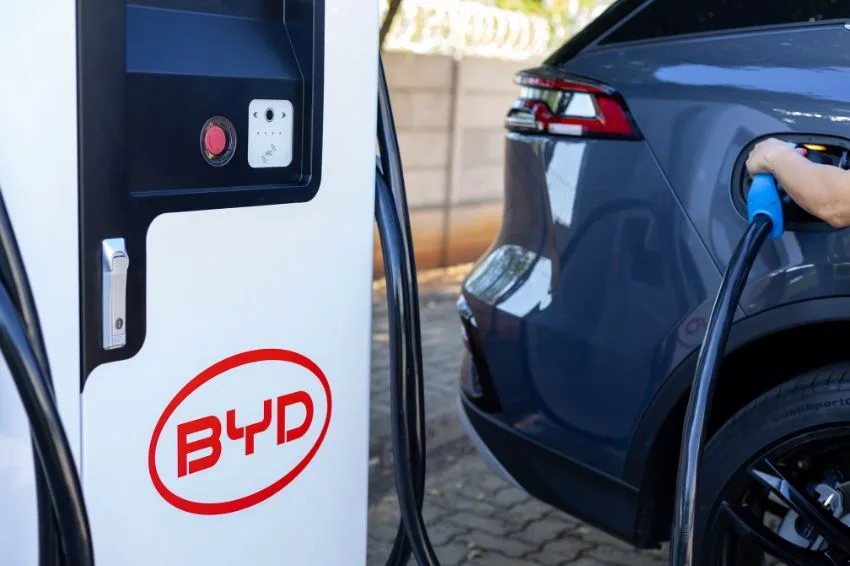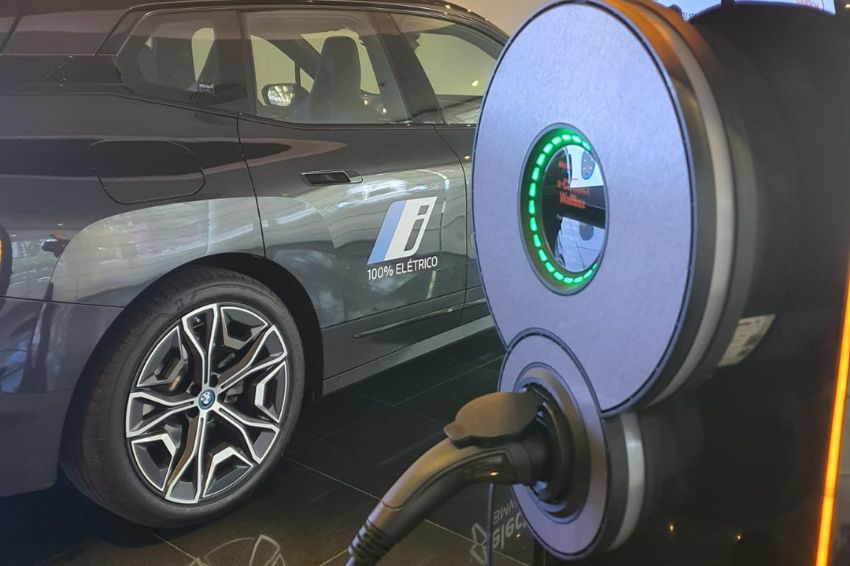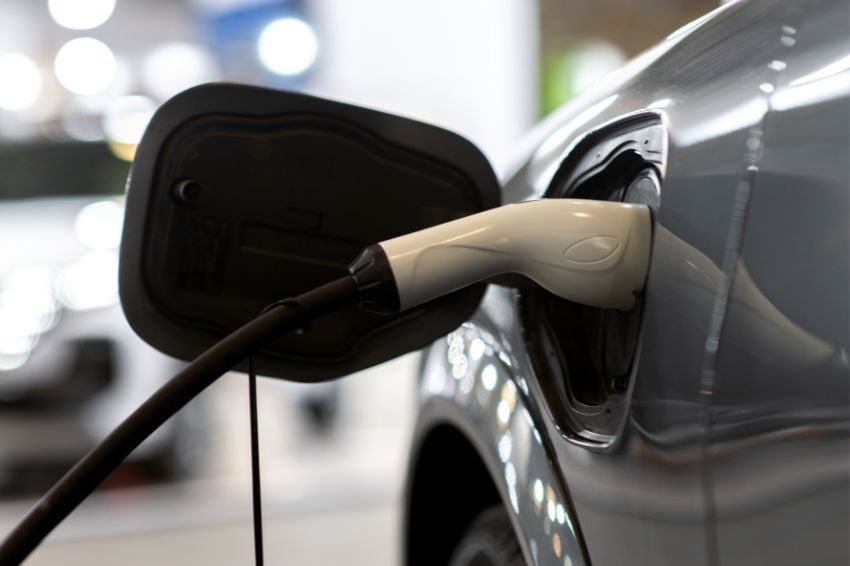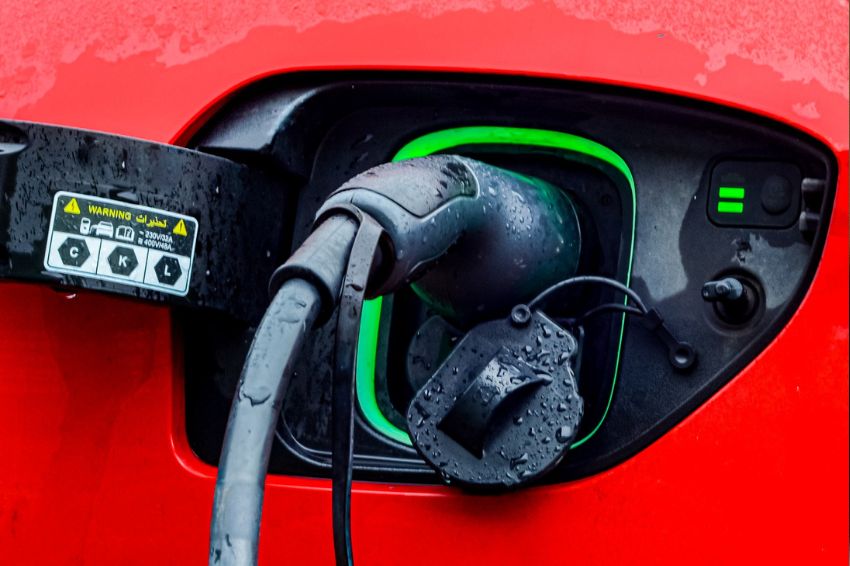The transport and construction sectors are responsible for 33% of global CO₂ emissions, making electrification of these segments key to decarbonization. This is the analysis from Ben Hertz-Shargel, global head of Grid Edge at Wood Mackenzie.
According to the expert, land transport is the biggest market for electrification. “As battery costs continue to decline, so will the initial cost of EVs (electric vehicles), making them competitive.”
“Additional regulations and ESG (Environmental, Social and Governance) tailwinds include commitments to phase out internal combustion engines, zero-emission vehicle credit programs – which generate revenue for EV manufacturers – and fuel standards low carbon”, he pointed out.
“Thus, it is important that countries get it right when it comes to future car ownership, so that customer and dealership charging infrastructure is not built for the wrong model and then isolated,” the executive highlighted.
In his view, achieving this at scale will require identifying the right financial and convenience incentives for customers while managing what is now a patchwork of hardware, software, communications protocols and billing networks.
“A scaled solution will not only prevent charging electrified cars from causing harm, but will also better align charging with clean energy production, reducing energy prices,” he added.
Adalberto Maluf, Director of Marketing and Sustainability at BYD, also spoke about the subject and highlighted that – with the reaffirmation of Europe's carbon neutrality objective in 2050 and the recent announcements from the United States, China and India to reduce emissions – the Electromobility has become one of the main global bets to reduce pollutants, both local and greenhouse gases.
“Europe, from 2035 onwards, for example, is banning the sale of combustion-powered vehicles. Last week, the US president announced the target of 50% of EVs by 2030. China, on the other hand, continues with its extremely ambitious goals”, he pointed out.
“The year 2021 marks the great leap in sale of EVs in the world, associated with renewable projects – which should cause the sector to continue to grow by more than 150%, 200% this year, just as we saw in the first half of 2021, which saw an increase of 149%”, he concluded.
V2G technology
Another point emphasized by Hertz-Shargel is that the additional emissions and cost-related benefits of EVs can be unlocked through V2G (Vehicle-to-Grid) technology, whereby vehicles discharge energy back into the grid to propel supply at times of high demand.
“This offers the possibility of future fleets acting as massive short-duration storage resources for the grid, filling in when output from variable renewables declines,” he reported.
“This service will be fundamentally limited by car availability – the capacity factor of the fleet – as well as the impact of additional cycling on batteries, which affects the useful life of the asset as well as potentially its warranty. The billion-dollar question is whether fleets of V2G-enabled EVs will replace stationary batteries as providers of multi-hour storage for electricity markets,” he asked.
Building electrification
For the global head of Grid Edge at Wood Mackenzie, although not as large a source of emissions as the transport sector, buildings are responsible for 10% of global CO₂ emissions and are therefore also essential for decarbonization.
According to the analyst, space and water heating are the main targets, due to the frequent dependence on the combustion of oil or gas. “For example, heat pump technology is more energy efficient than furnaces and boilers, but has a higher initial cost.”
“When replacing an air conditioner and a furnace, there can be cost savings as the pump can do both jobs, but replacing a furnace retrofit alone requires a subsidy in the order of US$ 6 thousand. Eliminating natural gas connection infrastructure is an additional cost savings during new construction,” he said.
The biggest challenge for buildings, according to Ben Hertz-Shargel, is not the electrification policy, or even the policy itself, but the conversion of electrified buildings to grid-responsive prices and consumers.
“As electrification transforms an even greater share of a building’s final consumption into electricity, it will be increasingly important for buildings to act as smart EV chargers, aligning their consumption with renewables. In this case, there are two sets of challenges associated with this: economic and technical”, he explained.
Read more: New buildings in SP must have a charging point for EVs
Regarding the economics, Hertz-Shargel believes that utilities and resource aggregators must ensure that value propositions for residential and commercial customers are attractive enough to gain their buy-in. “This often means upfront investment in smart technology and a willingness to change energy consumption behavior.”
“Regarding the technical issue: buildings are complex and non-standardized, attributes that make them difficult to orchestrate in a scalable way. Commercial load control is in many ways where residential was a decade ago, dependent on manual input from the occupant or the installation of a retrofit device – in this case, an air conditioning load switch.”
What is needed, according to the expert, is to build energy management systems in commercial buildings and smart home platforms that can leverage open standards to integrate broadly with all types of devices and technologies.
“This type of interoperability will enable orchestration at the building level, which must be paired with cloud connectivity so that they can receive and act on network signals,” he concluded.
Benefits of electrification
According to Hertz-Shargel, in countries with sufficiently decarbonized energy sectors, electrification not only directly reduces emissions through reducing the carbon intensity of fuel, but offers a range of benefits that contribute to public health and equity.
“Although the main emitters, India and China, have not moved away from coal enough to make electrification a net benefit, the levelized cost of solar PV has fallen below coal in both countries, justifying investment in electrification today,” he said. .
Another point emphasized is that electric motors are similarly three times more energy efficient than internal combustion engines, but they use fewer components, which requires 40% less maintenance by US government estimates.
From the Wood Mackenzie analyst's point of view, electrification also has an equity benefit for public health: it redistributes emissions from exhaust pipes and exhaust ducts to the surroundings of thermoelectric plants. “Furthermore, it allows demand flexibility, one of the cheapest mechanisms for reducing carbon emissions.”

















